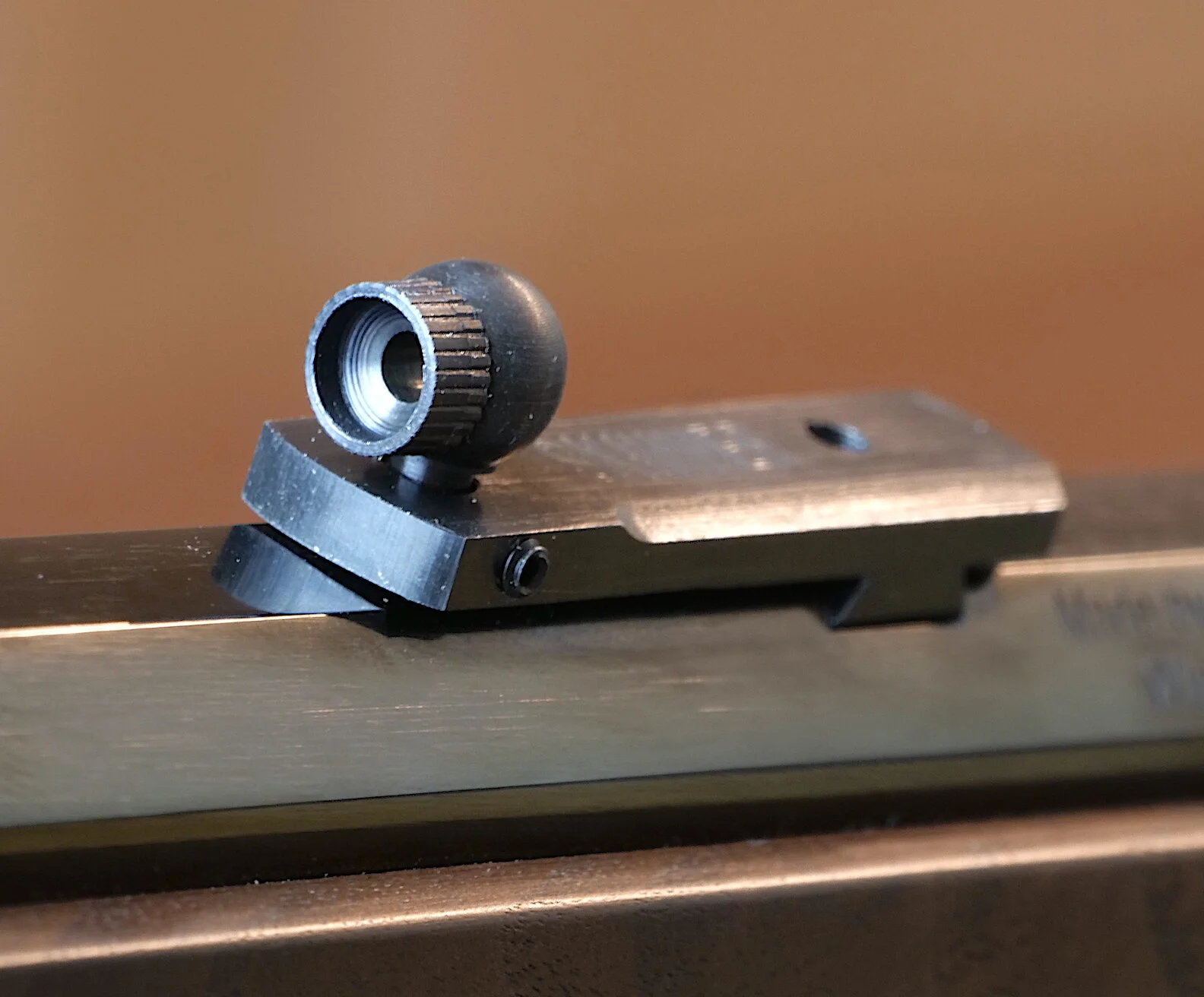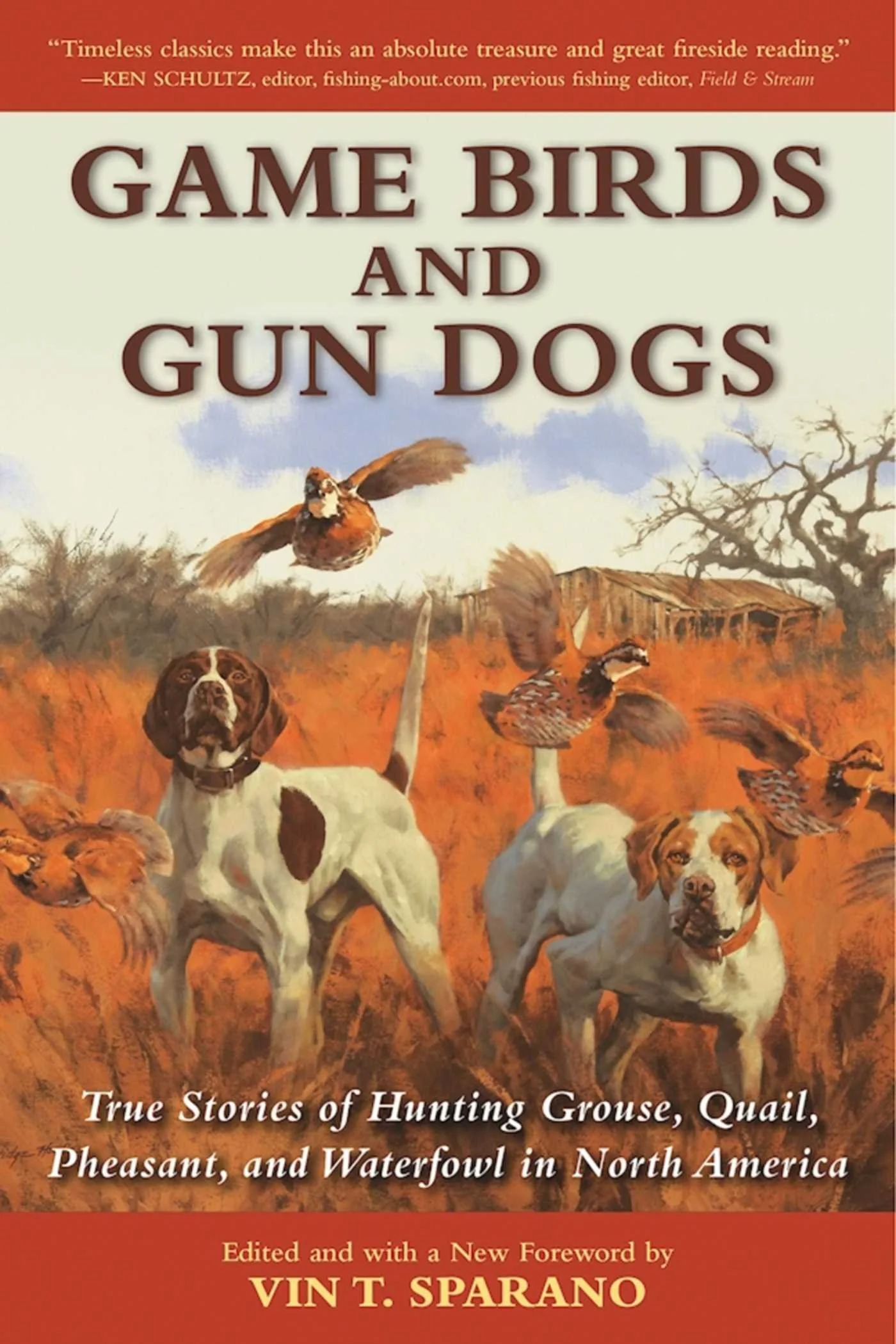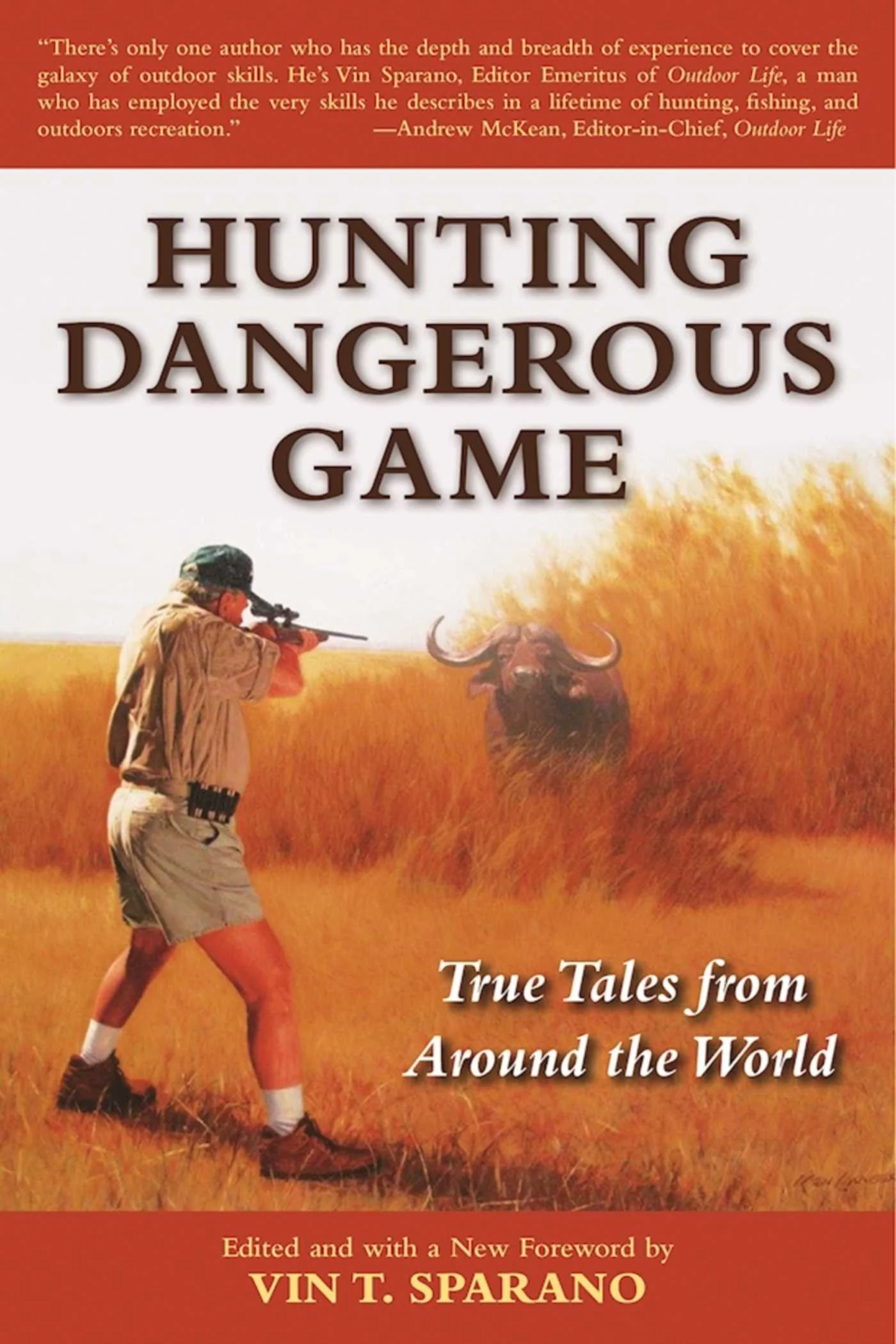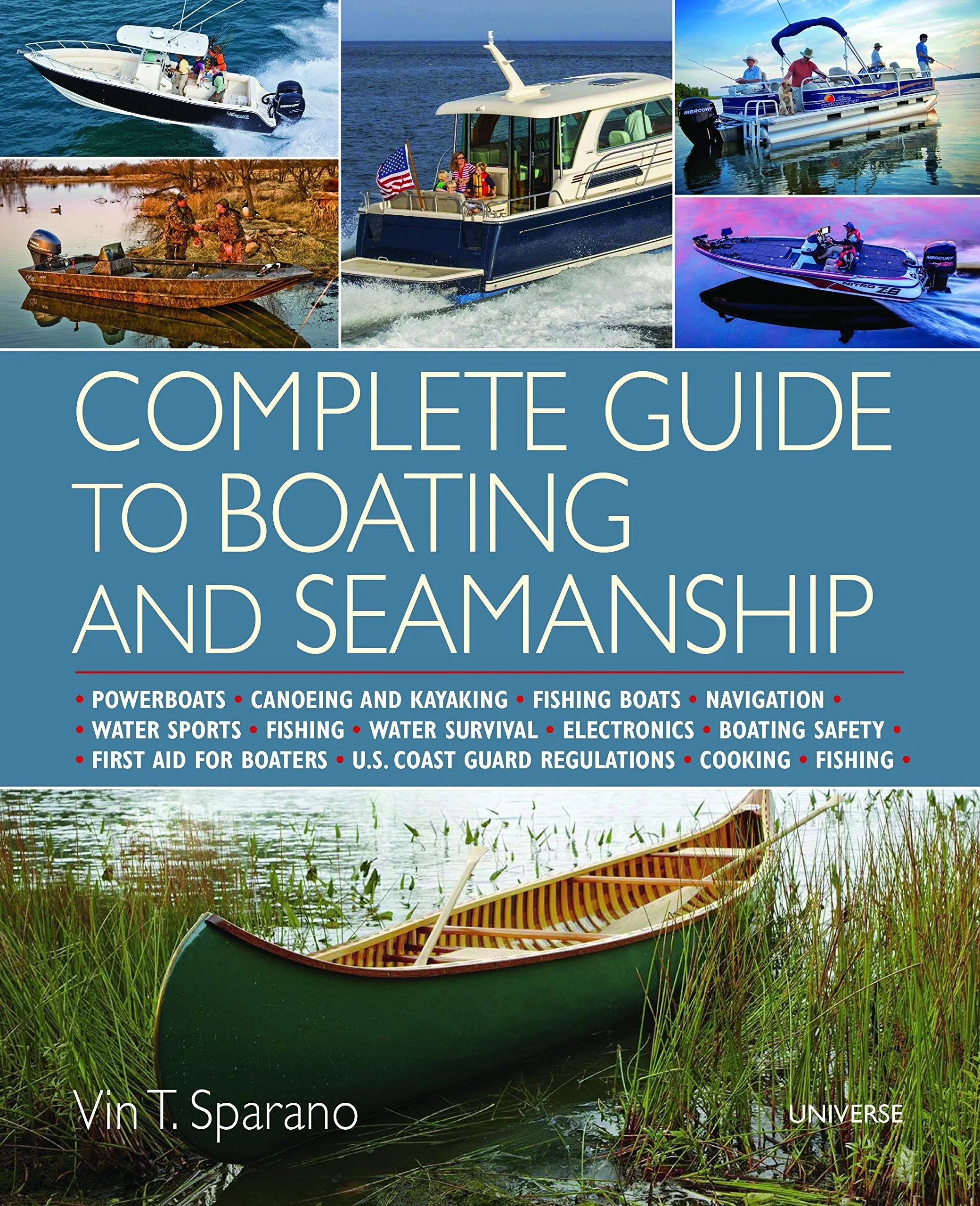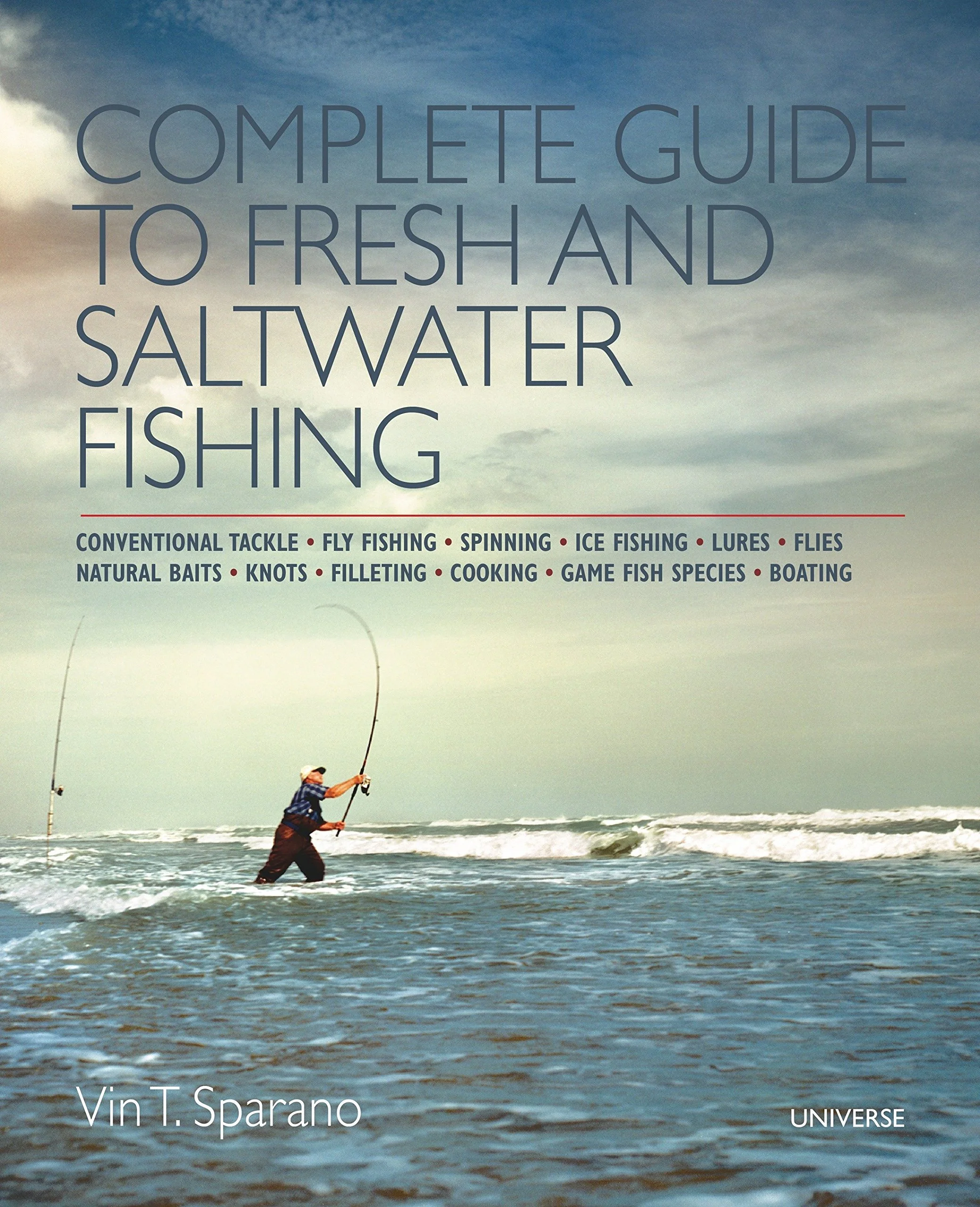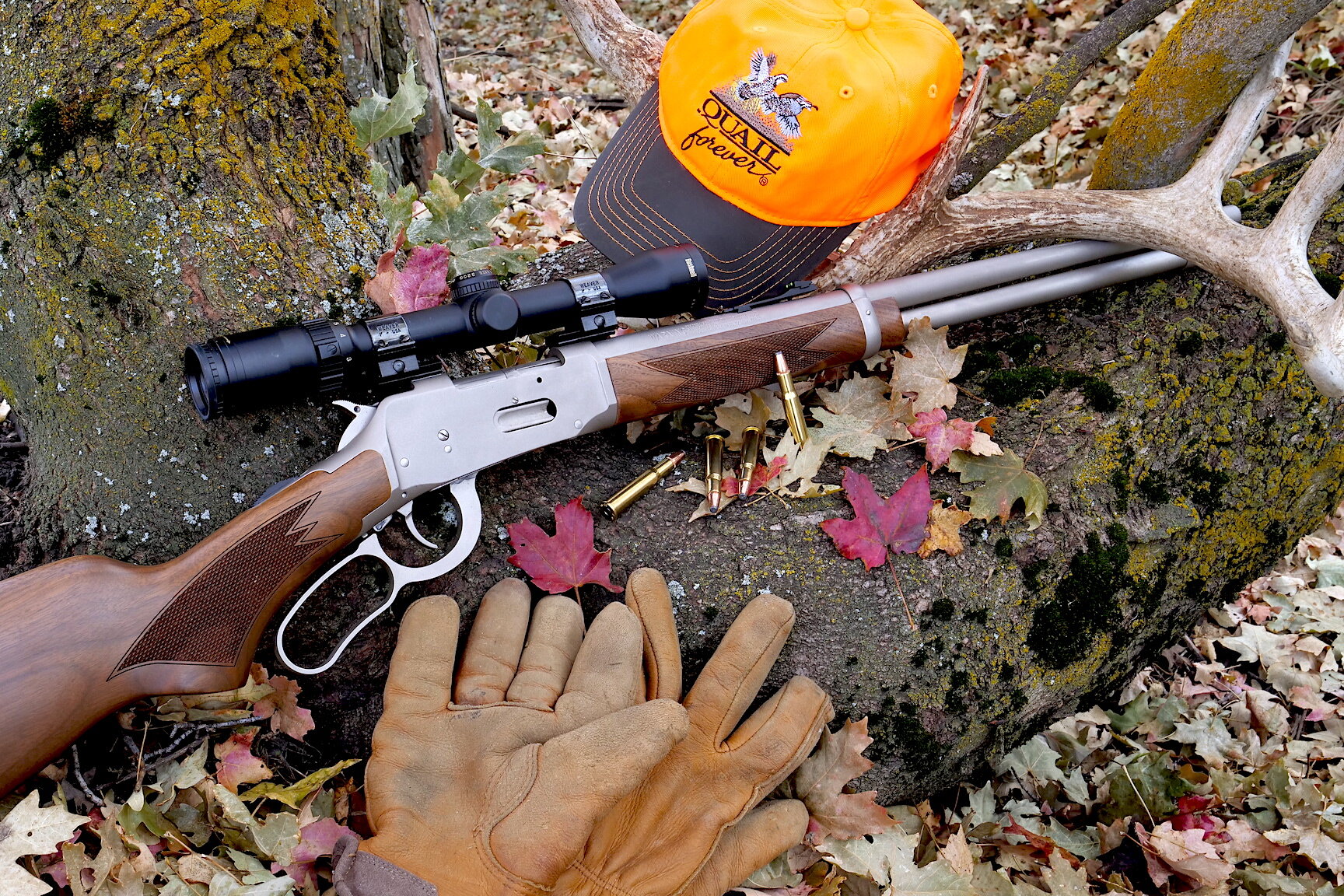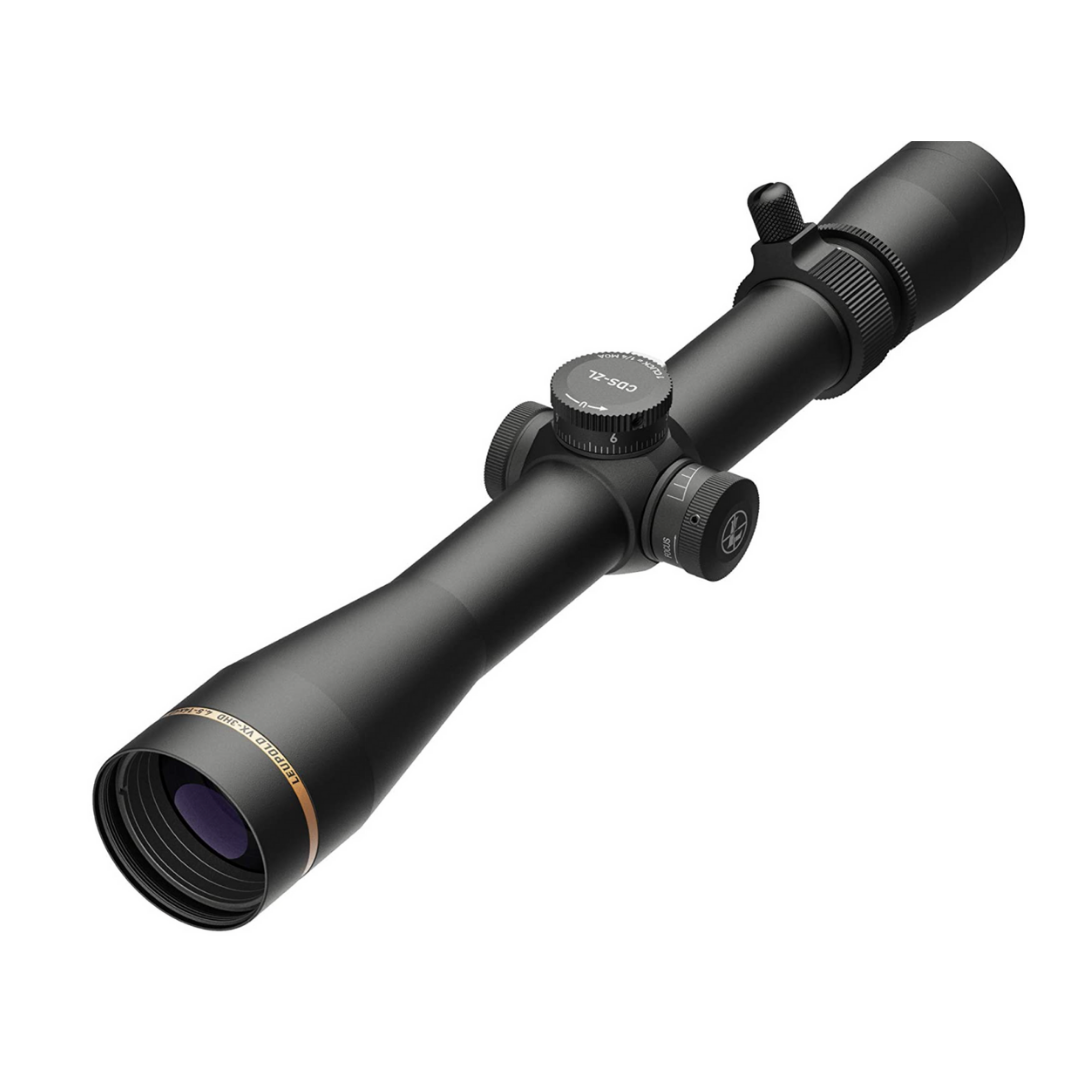Should the 30-30 Retire?
Why Is 30-30 Winchester Still With Us?
During the making of a recent video on the venerable 30-30 Winchester, two related questions emerged: how has this little 30-caliber survived for 126 years? And should any of us still hunt with it?
Winchester M94 was the first rifle chambered for the 30 Winchester Centerfire Cartridge, the first commercial cartridge in the U.S. to feature smokeless powder. Over the years is became known as the 30-30 Winchester.
By ballistic standards the anemic 30-30 should have bowed off the world’s stage at least 70 years ago, probably 115 years ago, shortly after the 30-06 came on the scene. It and a flurry of other new and better centerfire cartridges made the 30-30 Winchester an antique before its 30th birthday.
Crack open any handloading guide and you’ll quickly see the 30-30 is the plodder of the .308 field. The only slower .308s are two specialty rounds, the 30 M1 Carbine from WWII and the new 300 Blackout mainly employed for subsonic work.
So, in a world awash in 30-calibers that send sleek, efficient, high B.C. bullets 2,700- to 3,400 fps, why does anyone want one that can’t break 2,500 fps with a blunt, inefficient deer bullet?
Because speed isn’t everything.
Bullets atop 30-30 Winchester cartridges are traditionally flat-nosed or round nosed, ostensibly to prevent tip to primer stacking in tubular magazines to result in recoil ignition. One exception is Hornady’s FTX bullet with a sharp, flexible tip. It improves B.C., thus downrange performance, without the threat of recoil ignition.
The simple reality is that many, probably most, deer hunters engage their game inside of 200 yards. And of those I’d guess the vast majority take them inside 100 yards. At those distances, who needs high velocity and aerodynamic efficiency? Toss a brick and bring home the venison.
The 30-30 has been doing just that since 1895. And it’s done the work from thin, light, short, delightfully handy and well balanced lever-action rifles that a trained shooter can run as fast and effectively as most autoloaders.
An antique, fuddy-duddy cowboy lever-action in the hands of a master can lay down withering fire that drops deer standing, walking, dodging, loping, leaping and racing flat out. Some of the old WWII vets in the woods when I was a kid could send two or three running whitetails skidding into a snowy meadow faster than I typed this sentence. That might not have been exactly legal, but “party hunting” filled many a tag and freezer 70 years ago. And the 30-30 was behind most of it.
The 30-30 Winchester made its mark as a whitetail “getter” in lever-action rifles like this M94 Winchester.
These days we’re generally more careful and precise with our shots. This inspires many to point out the lever-action 30-30 isn’t very accurate. Nonsense. The average lever action is more than accurate enough for the work it’s asked to perform. Most I’ve tested grouped 1.5- to 2 MOA. Sounds horrible by today’s standard, but let’s pause to consider what 2 MOA means. At 100 yards it means all your bullets should cluster inside a 2-inch circle. At 200 yards they’ll huddle inside a 4-inch circle. Maximum point blank range for a 30-30 is around 200 yards with most bullets. Last time I checked even a Coues deer’s vital zone spanned about 10 inches. You probably don’t want to target squirrel heads at 200-yards with a 30-30, but whitetails and mule deer? Winner winner, venison for dinner.
Speaking of venison, those who love it aren’t wild about losing any to bloodshot meat. You know, the kind you often see when a bullet sent roaming at 3,000 to 3,500 fps strikes meat. Even when placed carefully in the ribs instead of shoulder, such hyper bullets can send bloody shock waves far and wide, bloodying roasts, steaks and potential burger. In contrast, a plodding 150- to 170-grain flat- or round-nose drills a hole, mushrooms nicely, and minimizes collateral damage.
Finally, there’s the shoulder-smashing, cheek-cracking kick of the 30-30. Oops. My mistake. I meant the 30-378 Weatherby. The 30-30 throwing a 160-grain bullet from an 8-pound rifle kicks with almost identical energy and velocity to a 243 Winchester — about 11.3 f-p recoil energy at 9.5 fps velocity. Couple of pussy cats.
Lever guns have, traditionally, worn buckhorn open sights. These are not your best sighting option. Better is a shallow V rear sight and bladed or gold bead front post. This is probably the fastest for target acquisition, and with a 6-o’clock hold, it doesn’t obscure much, if any, of the target. The next best iron option is arguably the ghost ring rear with front bead post. The idea with it is to paste the bead on or just under (6 o’clock hold) your target. Your eye should naturally center that bead in the center of the fuzzy-edged ghost ring, which is really nothing more than a large peep. The last good option is a smaller peep. this is best for precision shot placement, but gets in the way of quick shots, especially if game is moving. Fiber optic front sight are a good option for low-light targeting, but they are susceptible to breaking. Spares can be carried to insert quickly.
Interchangeable apertures let you adjust a Skinner peep sight to a ghost ring easily.
The thing about open sights is how delightfully light and compact they make your rifle feel. After years of lugging around rather heavy, long rifles with towering telescopic sights, carrying a 30-30 lever action carbine makes me feel as if school’s out for summer. Free at last, free at last. Moving through woods and fields with an iron-sighted lever gun is just plain fun. So is operating that lever.
Despite the benefits of open sights, telescopic sights can augment lever-action 30-30 performance, especially in low light and for shooters with less than ideal vision. You don’t need a big scope to achieve this. A one-inch main tube with 33 to 36mm objective at 4X is plenty. Because fixed 4X scopes are hard to find these days, you could try something like a Leupold VX-Freedom in 1.5-4x20mm or a 2-7x33mm. Inexpensive, durable, lightweight and bright. A scope can really make a difference beyond 100 yards at dusk and dawn.
A scope compromises the handy balance of a lever-action, but makes precise targeting much easier in low light and beyond 100 yards. The stainless steel of this Mossberg M464 isn’t traditional, but I think it contrasts quite handsomely with that dark wood.
Does this mean you should buy a 30-30 lever-action for all your hunting? That depends on what constitutes all your hunting. If it’s just whitetails with a black bear now and then inside of 200 yards, usually 100 yards, yes, the 30-30 Winchester could serve you for a lifetime of hunting success. If you plan to tackle elk some day or venture west, northwest, or to Africa, you’ll probably want to augment that 30-30 with something more powerful. But you can cross that bridge when you reach it. In the meantime, enjoy your 30-30 lever action. It’s one of the finest advancements in rifle history and as effective as ever.






